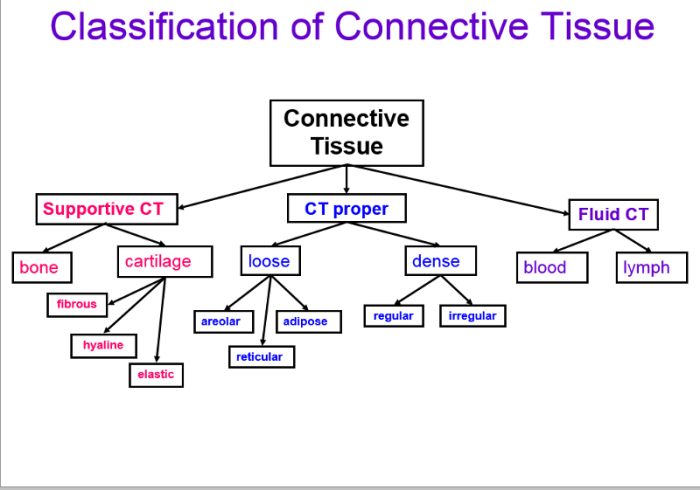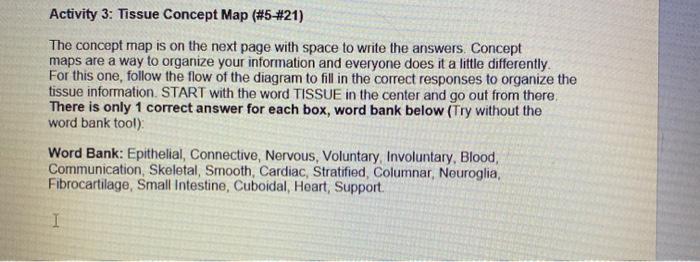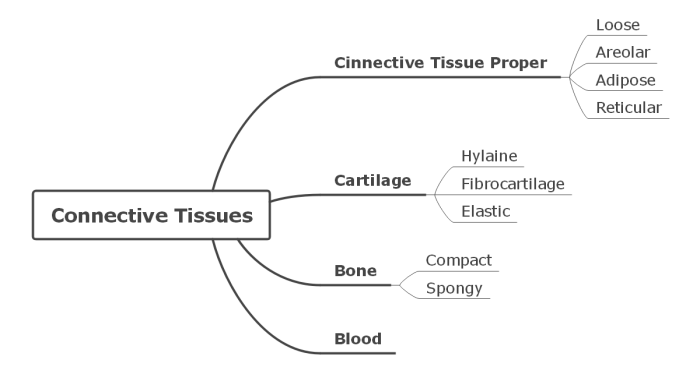Constructing a tissue identification concept map is a crucial undertaking in the field of tissue identification, offering a systematic approach to organizing and representing complex tissue information. This guide provides a comprehensive overview of the significance, components, methods, and applications of tissue identification concept maps, empowering readers with the knowledge and tools to effectively construct and utilize these valuable resources.
Tissue identification concept maps serve as visual representations of tissue characteristics, facilitating the understanding and interpretation of complex tissue data. They offer a structured framework for organizing and connecting tissue-related concepts, enabling researchers, educators, and clinicians to efficiently access and synthesize information.
1. Introduction

Constructing a tissue identification concept map is a crucial step in understanding the structure and function of biological tissues. It provides a visual representation of the relationships between different tissues, allowing researchers and educators to organize and comprehend complex information.
2. Tissue Classification and Organization

Tissues are classified into four main types: epithelial, connective, muscle, and nervous tissue. Each tissue type has a unique structure and function, and they are organized into organs and systems to perform specific tasks within the body.
3. Key Components of a Tissue Identification Concept Map: Constructing A Tissue Identification Concept Map

A tissue identification concept map typically includes the following components:
- Central concept:The main topic or tissue type being identified.
- Subordinate concepts:Related concepts that provide additional information about the central concept.
- Linking words:Words or phrases that connect the concepts and show their relationships.
- Cross-links:Connections between different parts of the concept map that show relationships between different concepts.
4. Methods for Constructing a Tissue Identification Concept Map

There are several methods for constructing a tissue identification concept map, including:
- Manual mapping:Using paper and pen to create a concept map.
- Computer-assisted mapping:Using software tools to create a digital concept map.
Key Questions Answered
What is the purpose of a tissue identification concept map?
A tissue identification concept map provides a visual representation of tissue characteristics, facilitating the organization, understanding, and interpretation of complex tissue data.
What are the key components of a tissue identification concept map?
Key components include concepts (tissue characteristics), relationships (connections between concepts), and linking words (describing the nature of relationships).
How can I construct a tissue identification concept map?
Various methods exist, including manual sketching, digital tools (e.g., CMap Tools, MindManager), and online platforms (e.g., Lucidchart, Draw.io).
What are the applications of tissue identification concept maps?
Applications include research (data analysis, hypothesis generation), education (teaching, learning), and clinical practice (diagnosis, treatment planning).